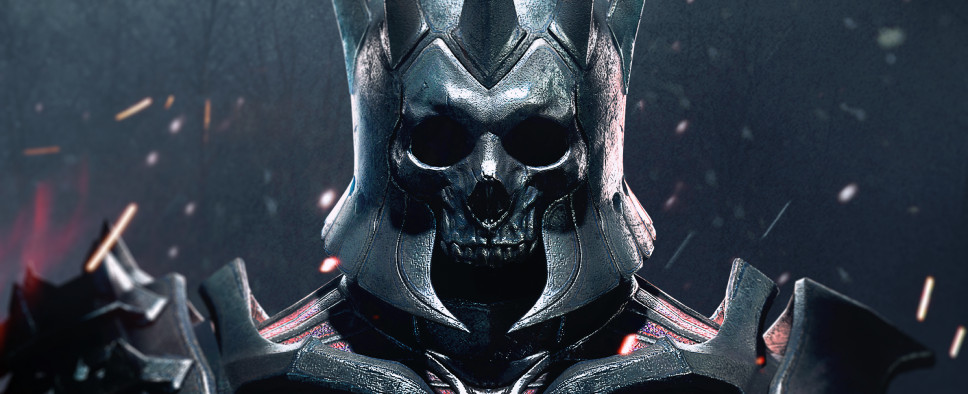The Witcher 3: Wild Hunt Interview
-
Category: News ArchiveHits: 1726

There's an interview with CD Projekt RED's Konrad Tomaszkiewicz on AusGamers, during which The Witcher 3: Wild Hunt game director tackles questions about character progression, combat mechanics, replayability, and more. A couple of questions and their answers below:
AusGamers: So it's quite a different approach, gathering the information that leads you up to being able to defeat the monster. Obviously this is much more open-world now, and like you said you've got the different zones, so I wanted to know once you go through a zone and kind of conquer it, does it have playability afterward? Are you going to come back to many zones?
Konrad: The monsters are there for that purpose, that you can always barter and try to defeat them. Because probably, toward the end of the game it will be hard to defeat them. Also, you've got many, many small encounters in the world, each based on small stories, and every story is quite interesting. We've really got a lot of them, and we wanted to make the world living; we want to give you the faith that these characters are really in the world and they have their goals to do, and you can hunt for them or not. It's more story-driven, not generic quests like in other games.
The other side is that because this is open-world and it's huge, we couldn't do the approach to the story like it was in the first and the second Witcher. Previously we had acts: prologue, first act, second act, and so on. Right now, we start of with the prologue, which is quite an independent story; it's got an obligatory tutorial, where it's mostly putting you in the Witcher world and setting you up for the Witcher and so on -- you don't need to know the previous games to play it, and you'll understand everything. Then we've got three main lands, No Man's Land, and Novigrad, and the Skellige Islands, and telling a story like this, every land has got its own story, and inside is information you need to gather to push your main story forward.
You don't need to do everything there, but if you do, the shape of this land will change. You can, for example, influence the choosing of the king in one of these lands, and depending on who you choose, the land will look different later. Of course, we also have the small choices like in the previous games, which have very unexpected consequences later -- a lot later. And you've got the flashbacks, which tell you that you've done this before, and that's why you're in that situation right now.
AusGamers: We saw a little bit of the combat in the demo, and that's obviously changed a little bit going forward. There were criticisms that the combat was a little too static, and you guys have made it much more fluid. Can you tell me a little bit about how you approached the combat?
Konrad: Of course. The first thing is that we listened for our fans' feedback, and we knew that the combat was problematic. So we found out which areas were problematic, and first of all, it was that the combat in The Witcher 2 wasn't sensitive and responsive enough, the second thing was that the targeting wasn't working very well, so these were the first things that we focused on. In The Witcher 2, the animations of attacks were quite long, and that's why you couldn't break them in the middle and dodge for example, so the responsive[ness] wasn't good. Because you want to dodge; you see that guy would hit you, you'd just finish your current attack while getting hit, and get frustrated.
Right now we've got very short animations for attacks, they're like 0.2 seconds probably, or less even, and we build up these sequences from small attacks. Every time you press a button, you've got an immediate response from the game, and you can dodge and do everything you want.
The other thing we repaired is the targeting. Right now, you target the guy who you want to target and it works very well. We added the counter attacks which you probably saw, and sometimes you can disarm guys while you counter-attack. We added better signs (The Witcher's spellcasting), right now we've got five signs, and every sign has got a second aspect you can unlock in the character development, and those signs are really needed to fight the monsters and can be used in a very tactical way.
For example, you saw the fight with the Griffin, and if you don't have a crossbow with you, and you cannot take him down to the ground -- and he's really dangerous when he's flying; I know that it didn't look like this in the presentation because we've got five minutes, but in the game the balance is different; he's really hard and if he hits you from the air, you are almost dead -- so if you unlock the second aspect of the Quen sign, you can hold the shield, and if he hits the shield, he will go down and you've got a window to hit him.

